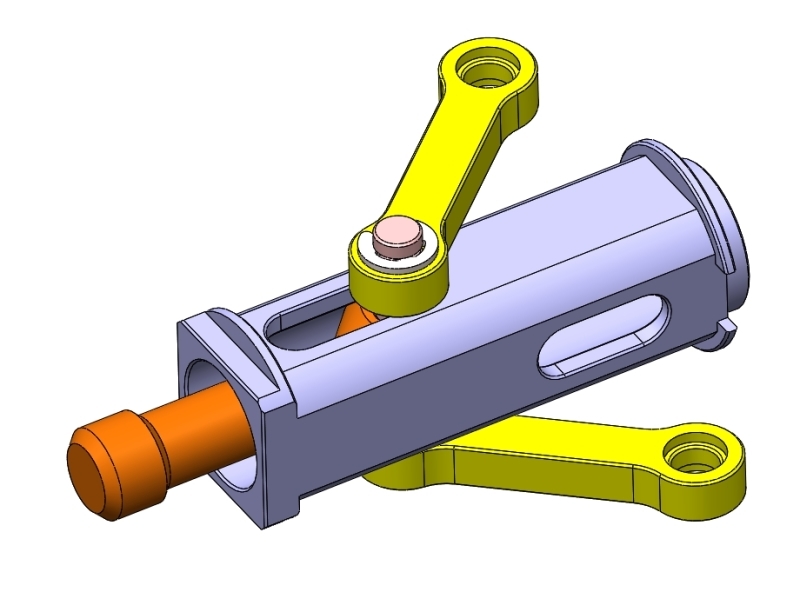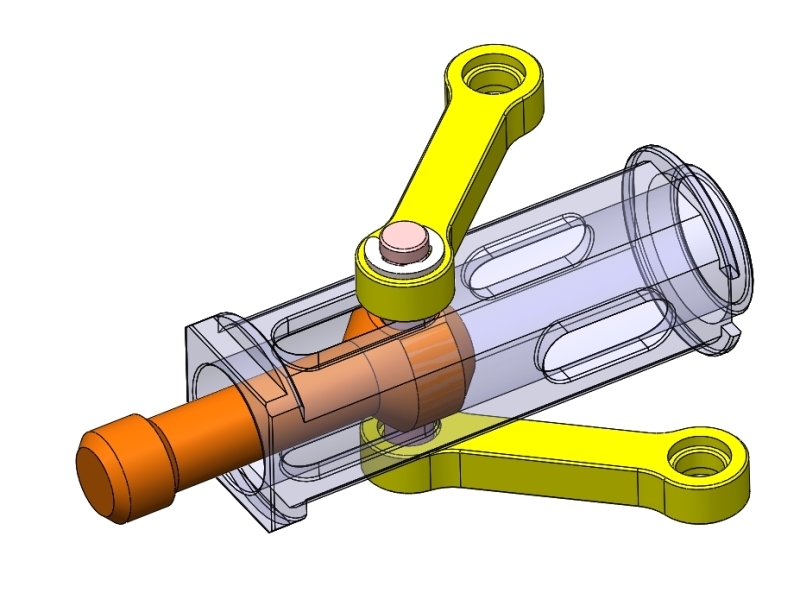Viroos
Mechanical
- Oct 15, 2016
- 23
Hi,
In order to provide long-term galvanic corrosion protection for steel parts contacting other aluminum parts we'd like to plate steel parts with cadmium (already having alodine coating on aluminum). Also, these steel parts are of high precision and must withstand very high loads, so originally we make them from SS 17-4PH Condition H900.
1. Is it OK to plate 17-4PH with Cadmium?
2. Could you recommend on other high-performance steel with low distortion during heat treatment which is better for Cadmium plating?
Thanks in advance,
Max
In order to provide long-term galvanic corrosion protection for steel parts contacting other aluminum parts we'd like to plate steel parts with cadmium (already having alodine coating on aluminum). Also, these steel parts are of high precision and must withstand very high loads, so originally we make them from SS 17-4PH Condition H900.
1. Is it OK to plate 17-4PH with Cadmium?
2. Could you recommend on other high-performance steel with low distortion during heat treatment which is better for Cadmium plating?
Thanks in advance,
Max


